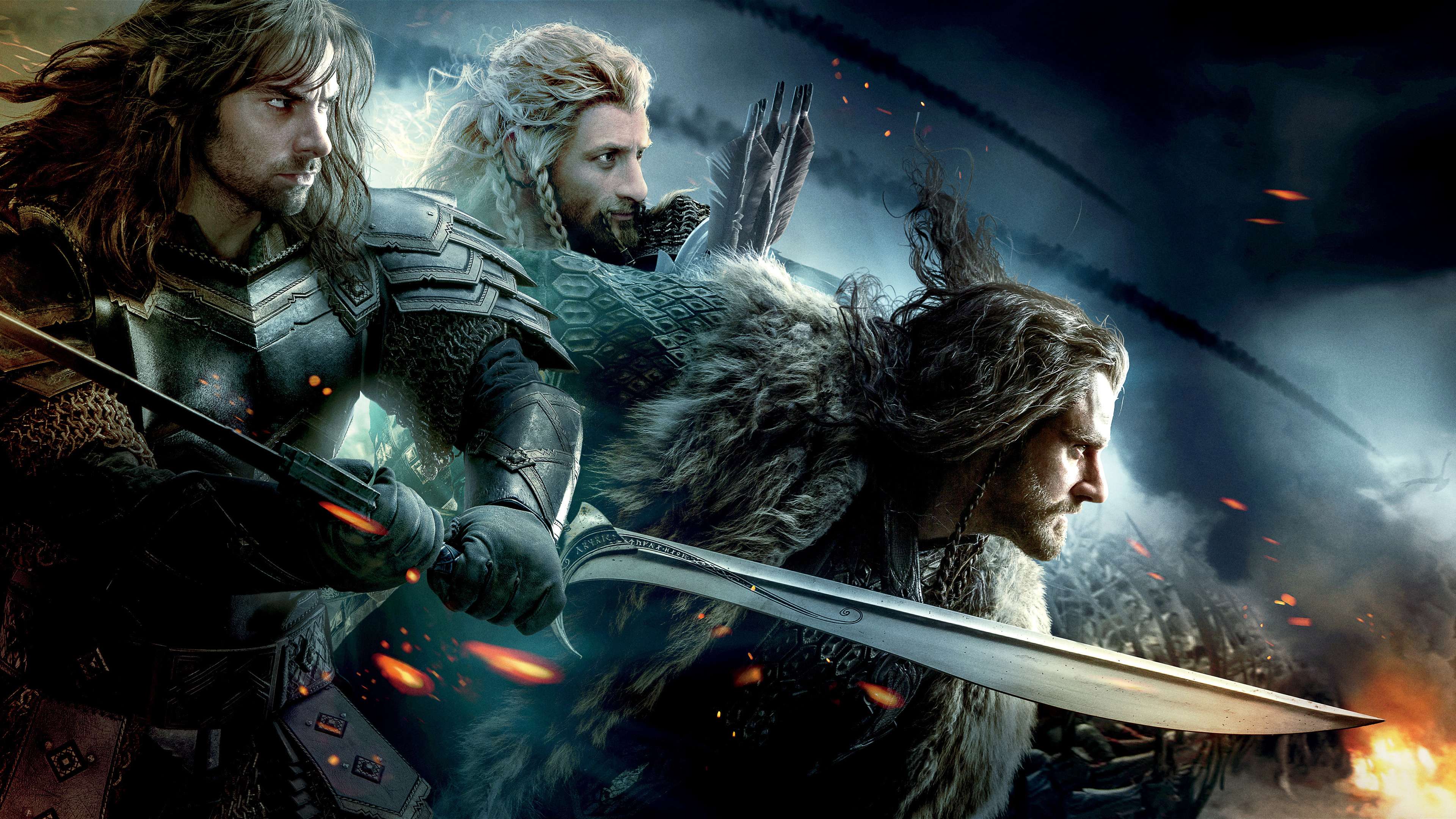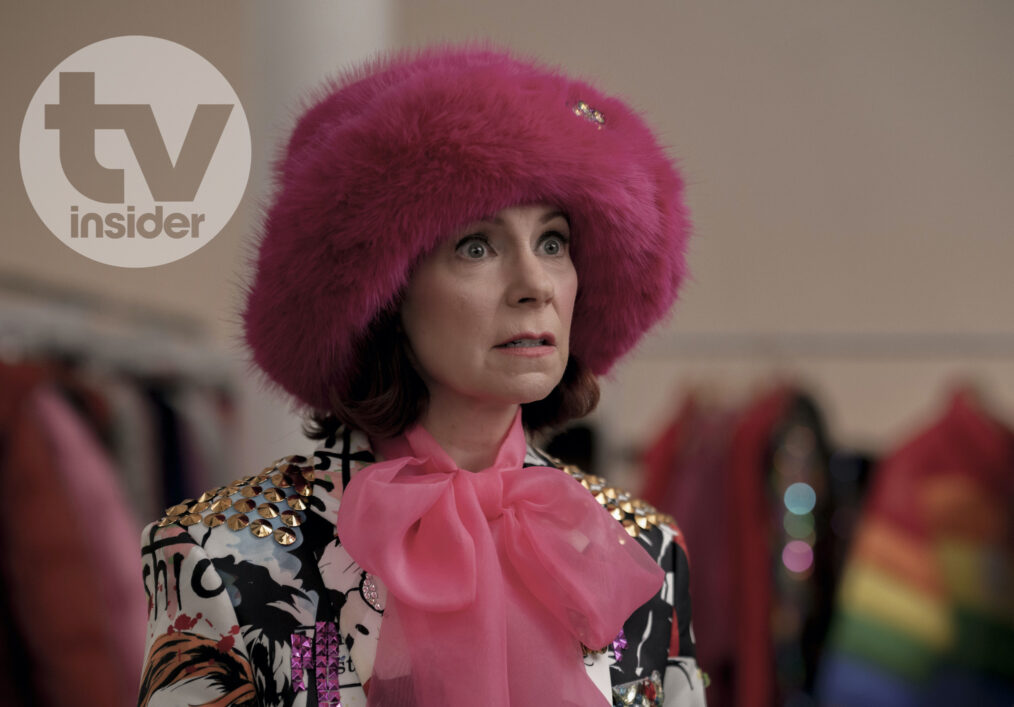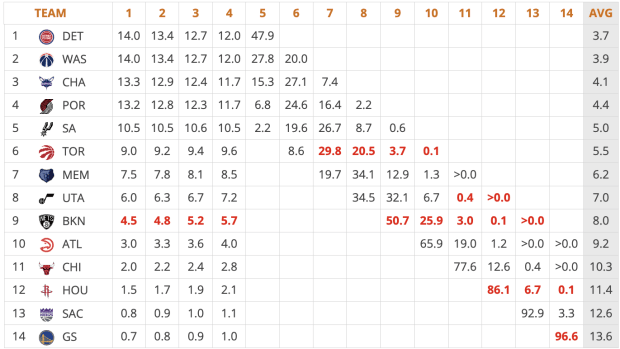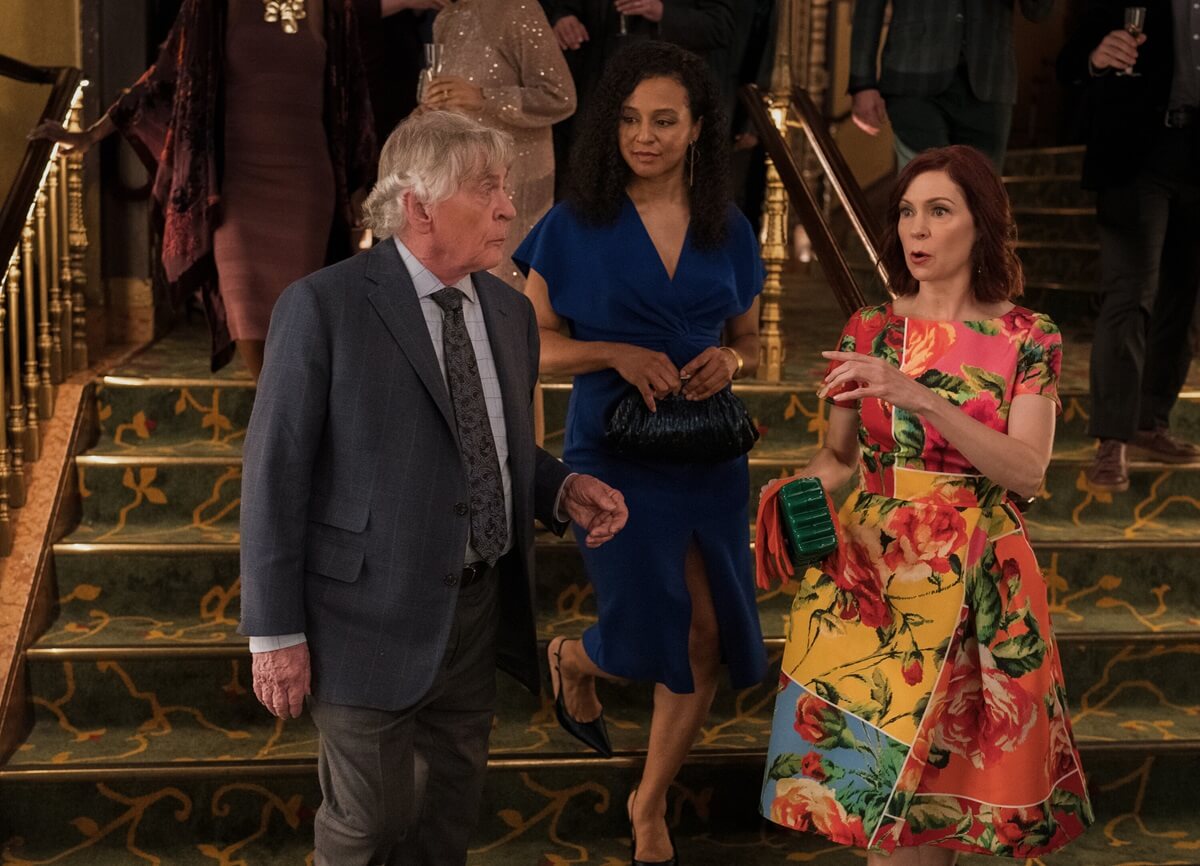Analyzing The Hobbit: The Battle Of The Five Armies: Successes And Failures

Table of Contents
Visual Spectacle and Action Sequences
Successes
The Hobbit: The Battle of the Five Armies undeniably delivered on its promise of breathtaking visual effects. The scale of the titular battle was impressive, showcasing a truly epic confrontation between five armies. The CGI was, for its time, state-of-the-art, bringing the fantastical world of Middle-earth to life with stunning detail.
- Successful Action Sequences: The confrontation with Smaug atop the Lonely Mountain, the chaotic battle on the mountain itself, and the climactic showdown between Thorin and Azog were all visually stunning and memorable moments.
- Peter Jackson masterfully utilized slow-motion shots, creative camera angles, and innovative special effects to enhance the visual impact of the action, creating moments of breathtaking beauty amidst the carnage.
- Many critics praised the film's technical achievements, highlighting the impressive visuals as a major strength. The battle sequences were widely lauded for their scale and visual fidelity.
Failures
While visually impressive, the sheer scale of the battle in The Hobbit: The Battle of the Five Armies sometimes resulted in a lack of clarity. The overwhelming number of combatants and the rapid-fire action occasionally made it difficult to follow specific characters or understand the tactical flow of the battle.
- Scenes Lacking Clarity: Certain sequences within the larger battle felt disorienting, blurring individual character arcs within the overall chaos. The sheer number of combatants sometimes overwhelmed the emotional impact.
- Improved pacing, perhaps with a more focused camera and clearer character highlighting, could have significantly improved the viewing experience. More time spent developing the individual battles within the larger conflict might have offered more emotional resonance.
- Some critics argued that the overwhelming action overshadowed character development, resulting in a less emotionally satisfying experience than it could have been. The sheer spectacle, in some cases, outweighed the narrative.
Character Development and Narrative Coherence
Successes
Despite the rapid pace, The Hobbit: The Battle of the Five Armies successfully showcased character growth for several key figures. Bilbo Baggins' journey, from hesitant hobbit to reluctant leader, is a compelling arc, while Thorin Oakenshield’s internal struggle with greed and his eventual redemption offered emotional weight.
- Character Development Examples: Bilbo's burgeoning leadership qualities are evident in his actions throughout the battle, while Thorin's arc, culminating in his acceptance of his fate and reconciliation with Bilbo, provides a satisfying conclusion to his character. The bond between Bilbo and Gandalf also remains a powerful element.
- The film successfully adapted certain key emotional moments from the book, notably Thorin's death scene and Bilbo's final departure from Erebor.
- Many positive reviews emphasized the successful character arcs, particularly Thorin's compelling journey of redemption.
Failures
However, several characters felt underdeveloped, particularly some of the dwarves beyond Thorin. The rushed narrative also hindered the potential for deeper emotional connections with the ensemble cast. The film's attempt to resolve multiple plot lines simultaneously often felt frantic and less satisfying than it could have been.
- Underdeveloped Characters and Plot Points: Certain dwarves lacked sufficient screen time to develop beyond their archetypes. Several plot threads, particularly those relating to the elf and orc conflicts, felt rushed and underdeveloped.
- The pacing issues significantly impacted character development and emotional investment. A slower pacing, giving more time to individual character interactions and plot development, would likely have improved audience engagement.
- Negative reviews commonly cited the underdeveloped characters and plot holes as significant weaknesses of the film, impacting its overall narrative coherence.
Thematic Exploration and Moral Ambiguity
Successes
The Hobbit: The Battle of the Five Armies successfully explores several important themes, including greed, loyalty, redemption, and the devastating consequences of war. The film showcases the moral ambiguity inherent in these conflicts, avoiding simplistic portrayals of good versus evil.
- Thematic Examples: Thorin's struggle with dragon sickness and his eventual confrontation with his own greed powerfully illustrates the film's exploration of this theme. The sacrifices made by various characters throughout the battle highlight the cost of war and the complexities of loyalty.
- The film successfully depicts the moral complexities of the characters, avoiding black-and-white portrayals.
- Positive critical responses often noted the film's thematic depth and its exploration of moral ambiguity.
Failures
Despite its attempts, the film occasionally oversimplified the thematic complexity present in Tolkien's original work. The nuances present in the book concerning the moral implications of war and the nature of greed were, at times, flattened in the film's adaptation.
- Oversimplification of Themes: Certain thematic elements, particularly the nuanced explorations of greed and the justifications of war present in the source material, felt somewhat simplified or glossed over in the film’s adaptation.
- These simplifications impacted the film's overall message, reducing its thematic impact and potentially leaving some audiences with a less profound understanding of the themes explored.
- Negative critical analysis frequently highlighted a perceived lack of thematic depth or clarity, stating the themes felt underdeveloped compared to the source material.
Conclusion
The Hobbit: The Battle of the Five Armies is a visually stunning film, boasting impressive CGI and action sequences. However, its narrative suffers from pacing issues and underdeveloped characters, ultimately impacting its thematic resonance. While the visual spectacle is undeniable, the film's narrative coherence and character development fall short of its visual achievements. Overall, it offers a mixed bag: a visually impressive but narratively uneven conclusion to the Hobbit trilogy.
What are your thoughts on the Battle of the Five Armies? Did you feel the film successfully adapted the source material? Share your analysis of The Hobbit: The Battle of the Five Armies in the comments below!

Featured Posts
-
 Elsbeth Season 2 A Finale Featuring Returning Characters
May 13, 2025
Elsbeth Season 2 A Finale Featuring Returning Characters
May 13, 2025 -
 Nba Draft Lottery Predicting The Sixers Odds And Viewing Options
May 13, 2025
Nba Draft Lottery Predicting The Sixers Odds And Viewing Options
May 13, 2025 -
 Aryn Sabalenka Secures 19th Career Title In Miami
May 13, 2025
Aryn Sabalenka Secures 19th Career Title In Miami
May 13, 2025 -
 Elsbeth Season 2 Episode 15 Preview I See Murder
May 13, 2025
Elsbeth Season 2 Episode 15 Preview I See Murder
May 13, 2025 -
 Bay Area Severe Thunderstorm Warning Current Conditions And Safety Tips From Nbc Bay Area
May 13, 2025
Bay Area Severe Thunderstorm Warning Current Conditions And Safety Tips From Nbc Bay Area
May 13, 2025
